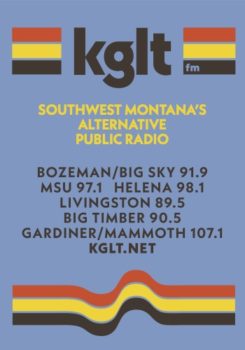Yellowstone reminds boaters, anglers to clean, drain & dry
From Yellowstone Public Affairs
Yellowstone National Park encourages the public to get ready for boating and fishing season, which begins on Saturday, May 25th. Boaters and anglers should clean, drain, and dry all equipment prior to arriving in the park to minimize the risk of introducing aquatic invasive species (AIS) into Yellowstone’s waters.
New this year, there will be a temporary ban of watercraft equipped with sealed internal ballast tanks on all park waters. These tanks can be filled with water to produce specific wakes for waterskiing and wakeboarding (neither activity is allowed in the park).
“Boats with sealed internal water ballast tanks are extremely difficult to clean and drain, even with our rigorous inspection and decontamination efforts,” said Sue Mills, AIS Coordinator at Yellowstone. “While fewer than two dozen of these boats entered the park last year, we believe the ban is prudent because they pose a high risk of AIS transmission into park waters.”
The regular clean, drain, and dry requirements and this temporary boat ban are necessary steps to protect the park and waterways in the states of Montana, Wyoming, and Idaho. AIS pose a grave and growing threat to the Greater Yellowstone Ecosystem and surrounding economies. AIS can quickly and drastically alter habitats and food webs, causing permanent declines in sport fish and food resources for native wildlife.
Dreissenid mussels have caused irreversible changes to waterways in the Midwestern and eastern United States and in the Colorado River drainage including Lake Mead and Lake Powell. If nonnative mussels are found in Yellowstone, park waters may close to all watercraft to prevent the spread to other waterways.
The park will continue to gather data for an AIS Management Plan and Rapid Response Framework in collaboration with the surrounding states. Scientists and managers at Yellowstone will revisit the need for the boat ban at the end of the 2019 season.
Read more about boating, fishing, and aquatic invasive species at www.nps.gov/yell.
Since 1916, the National Park Service has been entrusted with the care of America’s more than 400 national parks. With the help of volunteers and partners, NPS safeguards these special places and share their stories with millions of people every year. •






